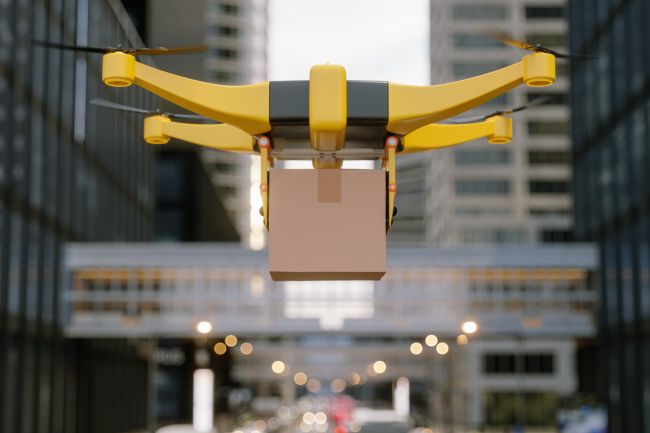The benefits of a digital parking offer to airports
Building, operating and maintaining infrastructure are imperative for airport owners and operators.

Building, operating and maintaining infrastructure are imperative for airport owners and operators. Investing in new airside, terminal and landside capacity has always required a careful balancing of investment risk with maintaining superior service levels for aircraft, passengers and vehicles operating at the airport. Striking that right balance at the right time has always been and remains one of the greatest challenges for airport management.
Next to concrete, buildings and roads, the still-developing digital economy, particularly in the airport business, might appear soft and certainly less familiar. Its mix of internet and web-based tools and businesses, however, have the potential to improve nearly every operation and business practice as well as create new offers for airports.
Knowing an airport’s customers
For years, airlines, security agencies, and federal authorities have collected digital information on their passengers and have created increasingly sophisticated profiles that enables them to sell air travel and ancillary products and gradate the risk of any individual traveler. For the most part, airports have been absent from this process, knowing less about their customers than their tenant airlines, security agencies, and federal authorities.
Airports have started to implement digitisation strategies, such as for passenger wayfinding and facilitating operational improvements. However, many have not collected passenger information at the level of detail that has been collected by airlines and federal agencies.
In the last year, however, this has begun to change. Several US airports, including Boston, Dallas Fort Worth, Denver, Hollywood-Burbank and Los Angeles, are implementing Customer Relationship Management (CRM) strategies that entail the collection of passenger information, including email accounts, telephone, and social media accounts as well as flight schedules. With this information, airports have a better opportunity to tailor their operations and business processes and, ultimately, increase revenue.
The most frequent mode of collection is through parking reservations, where customers can “pre-book” or reserve airport parking services in advance of their flight. This provides certainty to the customer that a service will be available when they arrive for their flight — something otherwise uncertain during many mid-weeks at several busy airports. For the airport, this also provides detailed customer and operational data; properly mined, and combined with past transaction histories of parking services, it can provide a rich set of data for airport operations (i.e., what should our staffing be on Thursday?). It can also form the foundation of a next generation digital parking and ground transportation offer.
The value of a digital strategy
One of the greatest concerns identified by airport CEOs and executive teams is the loss of ground transportation market share to airports. The rise of Transportation Network Companies (TNCs), such as Uber and Lyft, has quickly led to reduced parking and lost revenue per-passenger. Combined with off-airport parking providers at many airports and increases in airport pick-up and drop-off (PUDO) trips, airports today face a much more competitive environment for airport access than they did five years ago.
It is not only about lost revenue. At many airports the growth in TNCs and PUDOs, which generate as many as twice the number of trips as parkers, have contributed to congestion issues on roadways and curbs, and reduced service levels.
Understanding the economics of airports and its competitors is fundamental to the new strategy. Fixed daily parking rates, whether for premium, daily or economy parking, is a losing strategy in today’s digital age. For example, a fixed $35 a day rate for a mid-week two-day stay in a garage adjacent to the terminal may work for the business traveler but does not appeal to value-seeking leisure travelers going on their vacation for a week, especially when TNCs offer a rate half that and provide home-to-curb access where the family doesn’t have to schlep their bags.
Airport parking and ground transportation experts
Airports can today manage parking pricing dynamically, using what airlines and hotels call yield management. For airports this means pricing by the total cost of transaction, not by daily rates, and joining that with filling those unused spots during low utilisation periods — typically during the Monday and Friday “shoulders” and the off-peak weekend.
Practicing full yield management to start with is a big leap, but industry-leading airports are today making significant gains by collecting passenger information, mining transaction histories, and improving their pricing and product mix to win back ground transportation market share.
With our decades-long experience supporting airports with pricing and product strategies in the UK, Europe, and abroad, we are helping to bring digital strategies to several North American airports. Depending on the airport strategy, we are helping with procuring new operators and commercial managers, advising on technology, optimising rates and introducing new product mixes to airports. This work has already enabled many airports to achieve their goals and objectives of improving customer experience, addressing congestion, and increasing airport revenues.




















